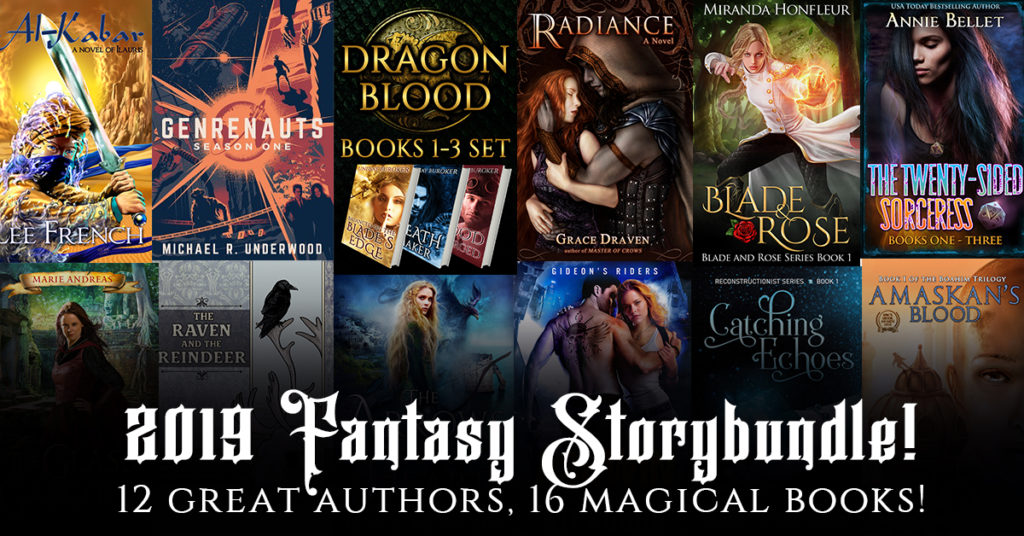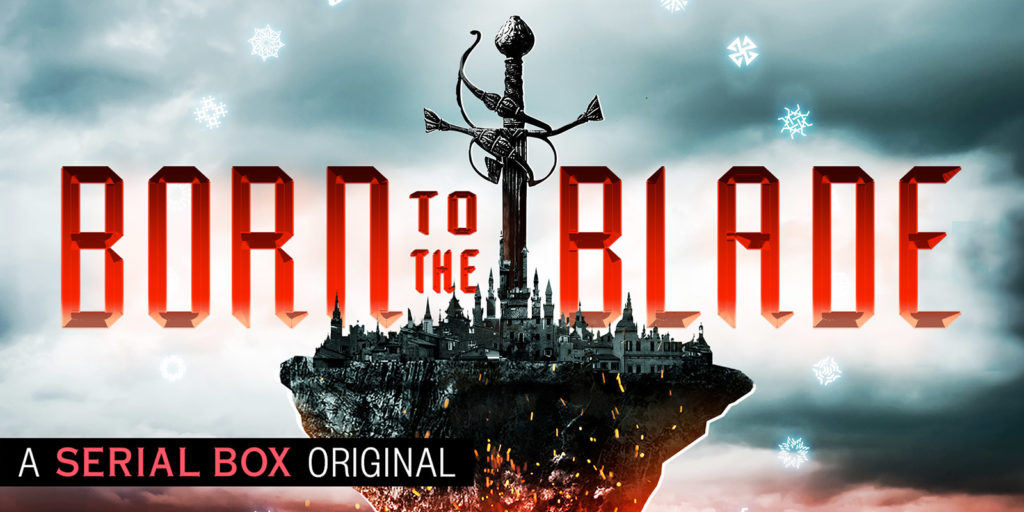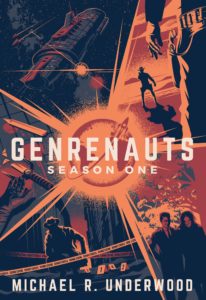This is the first in a series of essays prompted as stretch goals for the Genrenauts Season One Kickstarter, re-published here so non-backers can read them.
The Shootout Solution – Western
My first memories are of living in Texas. As most Americans know, Texas isn’t the South, it’s Texas. Texas’ regional identity is closely tied to the American narrative of the Western and the Cowboy. It’s the state of the Alamo and the Ranger, of wide open spaces. It’s a state defined by an assertion of singular independence. Living in Texas as a very young child, there’s little wonder that Westerns would stick with me, even though I’ve lived most of my life in cities and suburbs, seldom out in the country.
The first inklings of a fascination with Westerns, the ones that framed my expectations as a child came from the works of legendary author Louis L’Amour. For what felt like two years, L’Amour’s books on tape (aka old-school audiobooks) were my bedtime tales. I didn’t retain the details of the individual plots very well, nodding off before the sixty minute side of the tape was complete, but what I did absorb was the aesthetic and the feel of the genre—the archetypes, the common stories: the lawman vs. the bandits, the prostitute with a heart of gold, the reluctant killer who has to take up the gun again to protect the town/their lover/etc., the lone hero struggling through the desert, the loyal deputy, the schoolmarm, and so on.
These days, Westerns mostly show up in hybrid form, combined with other genres—weird Western, Western SF, Western romance, etc. The familiarity of that genre brings recognizable but interesting contrasts with other genres, or uses other genres to invigorate the tale types and archetypes of the Western.
Which is exactly what I set out to do. By starting the series with Westerns — a genre with what I see as very stable genre expectations — I could use that baseline to give me room for complexity in other aspects, like characterization and the overall setup of the series.
But while tropes and structures of Westerns are pretty familiar, especially to an American audience, I had to figure out the practicalities of telling a post-modern Western without continuing the genre’s history of sexism and racism (not that I wanted to write that kind of story to begin with).
For inspiration, I turned to my favorite, loving parody of the Western genre—Blazing Saddles. The film tackles the racism of the period/genre, challenging expectations of what a Western hero acts like as well as what they look like with Cleavon Little as Sheriff Bart. The film shows the emotional consequences of being a gunfighter with Gene Wilder’s character Jim, but doesn’t then delve into the darkness, it brings the character back into the light. Madeline Kahn’s Lili Von Schtupp is a brilliant, self-motivated send-up/remix of dance hall Marlene Dietrich, and in the finale, the film’s zaniness rises to such a level that it doesn’t just break through the fourth wall, it knocks the whole thing down, the fight spilling out into the world around the production of the film. Blazing Saddles isn’t perfect, especially in terms of its homophobic punchlines and Native nations representation, but I could learn from its lessons and build on them.
First off, I wanted to make sure that women and people of color played important roles in the story. I had a leg up there with my main cast, but I wanted the Western characters to show the diversity of the period of history that inspired the genre. And I also wanted to play with the tale types themselves, since Genrenauts is all about finding broken stories and getting them back on track. I decided to focus on the “who gets to be a hero” aspect of Westerns, providing some alternatives and exploring heroic motivation with different leading characters. The series required a balance between historically-accurate representation (most cowboys were Latinx and/or black, not white) and what is accurate to the genre – where cowboys of color are largely erased, instead spotlighting white heroes.
So much of genre is how each one comes with expectations—the common stories, the expected plot twists, the aesthetic checkboxes many readers bring to a story, looking for a fresh take on familiar stories. In Westerns, I knew readers would be looking for gunfights, shady saloons, working girls, dastardly black hats, rugged white hats, and sullied but strong anti-heroes caught in the middle.
There’s great comfort in the familiar, in being just one step ahead or behind your heroes, seeing the twist coming or being caught unawares. I wanted to play with expectations in The Shootout Solution, giving readers the familiar with one hand and throwing curveballs with the other. Since my Western town was intentionally generic, I turned that aesthetic checklist into a feature wherever possible, using my POV lead to talk about all the places where this Western was like any other Western. And perhaps even more importantly, I gave her an attitude toward it—she relished the back-lot sound-studio feeling of the town.
One lesson I learned writing the Ree Reyes series was that pop culture references are more resonant when they matter to the character—the POV character’s passion or snark provides an emotional access point for the reader. Therefore, Leah Tang, my lead, needed to have a perspective on the bizarrely familiar world of Western World. On top of caring about the story she and the team were trying to put back on course.
And then, against that backdrop of generic tropes and Leah’s responses, I designed the episodes guest stars to stand out—a sensitive aspirant chef who is truly a reluctant hero, and his highly capable sister, with secrets of her own. These characters let me make my points about the genre’s failings, its lies by omission, and more.
Something I’m not satisfied with from the first episode is the inclusion of native nations characters. Westerns usually demonize and stereotype native peoples, so I wanted to make sure to avoid that bad impulse but to also show some native peoples, to not erase them. I don’t think I did the best job of balancing that. While I did have central Mexicanx characters, there are very few native characters in the story, just in the crowd scenes. The story in The Shootout Solution is very tightly focused, but that’s not an excuse. It’s something I’d need myself to push and do better with if/when I return to the Western World in Genrenauts.
The Shootout Solution was just my first foray into genre exploration via storytelling in the Genrenauts series, but looking back on my youth, on decades of Westerns, remixed, deconstructed, or played straight, it’s not surprising that it’s where I’d want to turn to launch the series. There’s plenty left to say about the Western and what its endurance as a narrative tradition says about American conceptions of our own past, about America’s horrendous treatment of native nations peoples (among others), the use of violence, and our self-defining narrative of how the country was born. The Shootout Solution’s heroes rode off into the sunset, but there will always be another town, another crisis, another time when people wield power and spill blood in dusty streets or wide-angle shots of the dusty countryside.
And I’m not alone in playing with the genre. Logan drew upon the tradition with an explicit shout-out to Shane and Westworld tackling the tropes and archetypes of Westerns in a different kind of science fiction setting. This old genre can learn some new tricks as new creators bring their perspectives to the contested Old West.
 I’m very pleased to share the news that Genrenauts Season One is part of the 2019 SFWA Fantasy Bundle, where you can get 16 books by 12 authors (including me) for one low price!
I’m very pleased to share the news that Genrenauts Season One is part of the 2019 SFWA Fantasy Bundle, where you can get 16 books by 12 authors (including me) for one low price!


